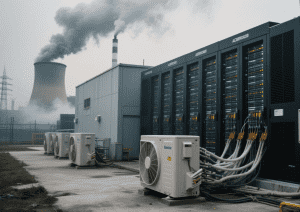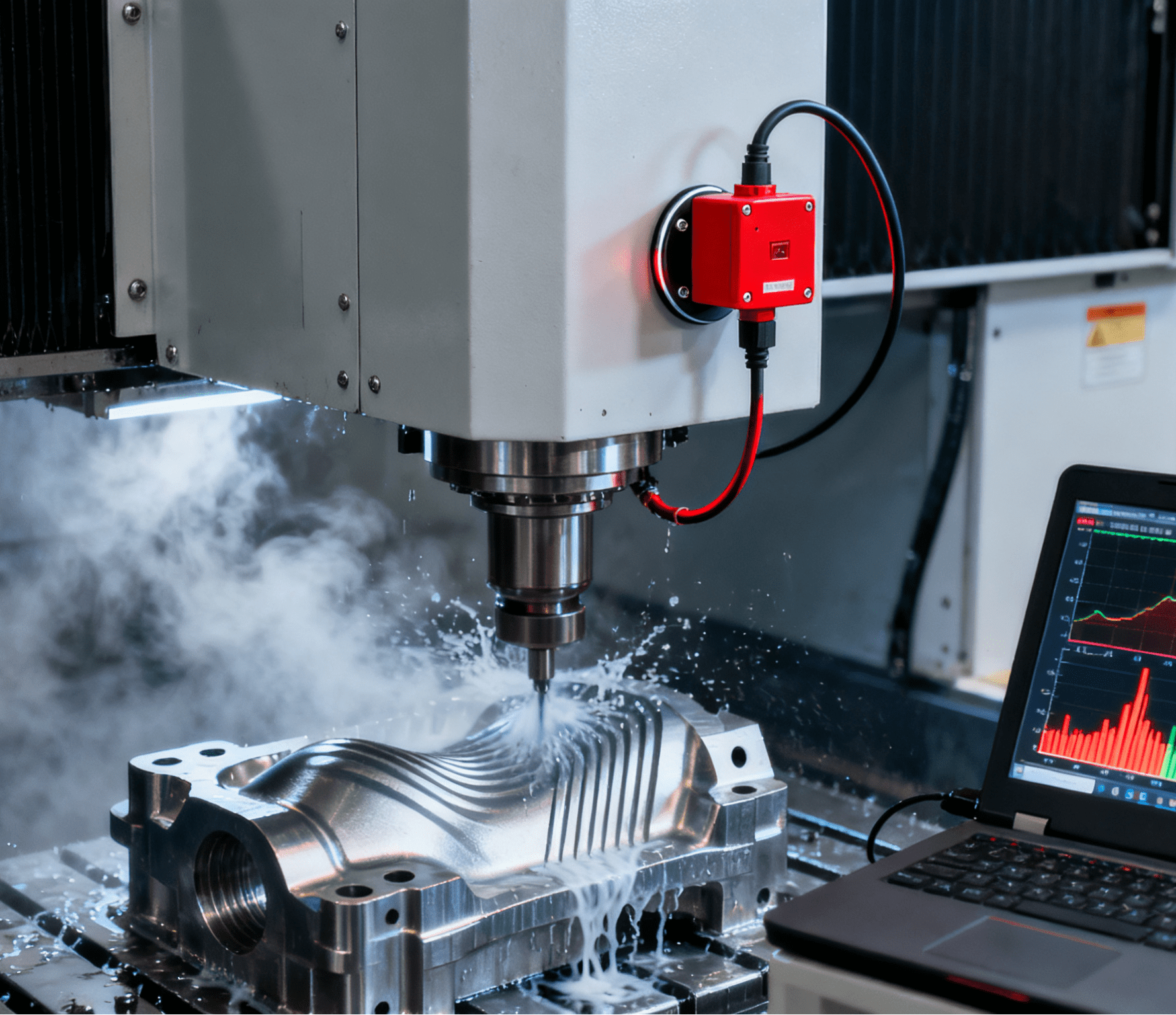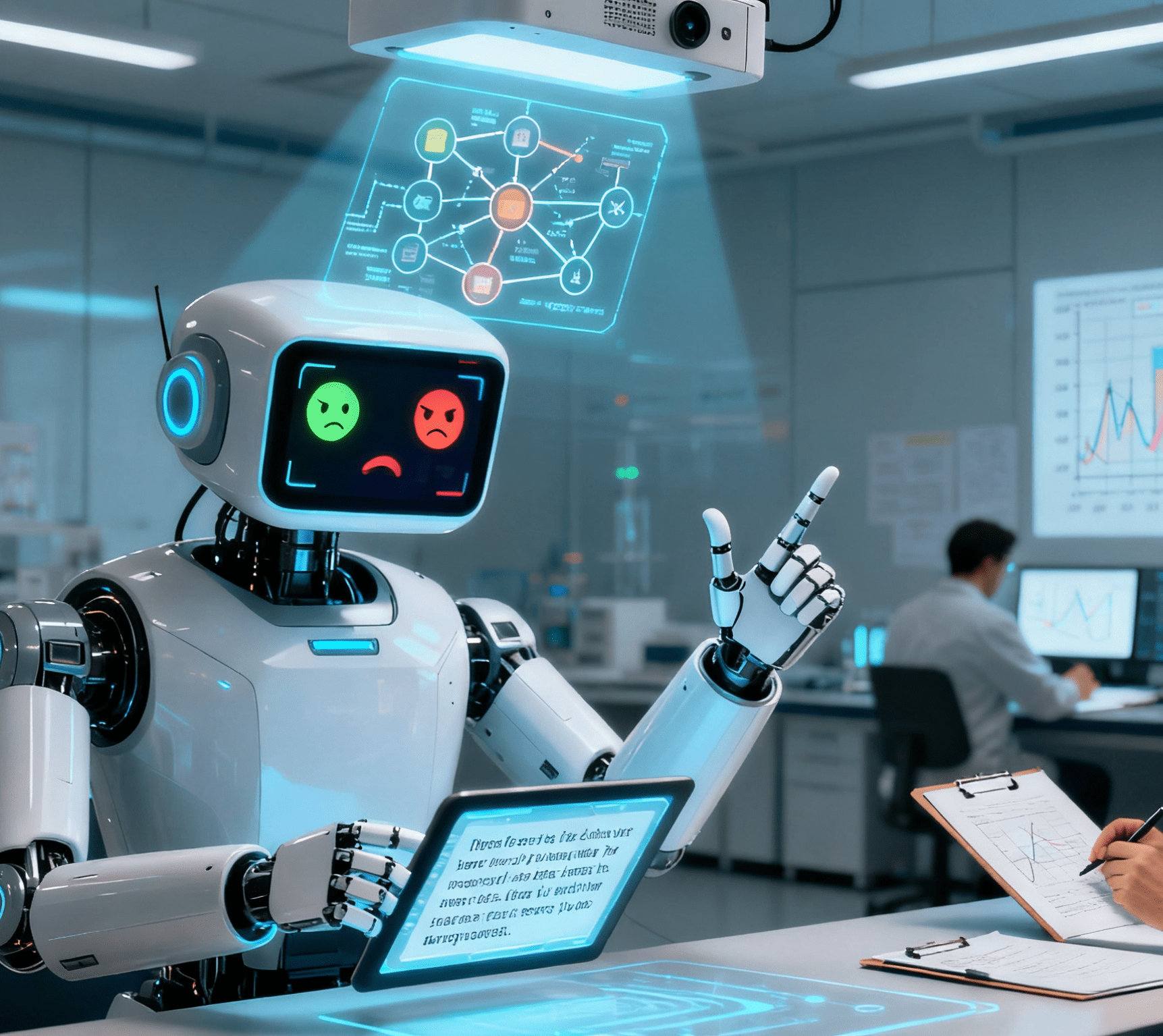Table of Contents
ToggleThe environmental cost of artificial intelligence

In an era defined by the rapid integration of Intelligent automation, Industrial automation, and Automation equipment, artificial intelligence (AI) has emerged as a transformative force. From streamlining industrial processes with automation equipment to enabling intelligent decision – making through intelligent automation systems, AI promises convenience, accessibility, and unparalleled efficiency. But as we embrace this technological marvel, a critical question looms: are the environmental consequences of AI truly acceptable?
Artificial Intelligence (AI), once a concept confined to science fiction, has now become an integral part of our daily lives, deeply intertwined with the broader spectrum of intelligent automation. Thanks to models such as ChatGPT, and the seamless integration of automation equipment in various devices, anyone with internet access can instantly tap into the wonders of AI. Whether it’s using intelligent automation to draft an important email, or leveraging automation equipment – enabled features for a personalized astrology reading, AI presents endless possibilities that simplify life, add enjoyment, and enhance efficiency. However, beneath these benefits lies a concerning reality: the evolution and widespread adoption of AI, as a key component of intelligent automation, are taking a significant toll on the environment.
What’s the problem?
According to the United Nations Environment Programme (UNEP), there are four main concerns regarding the impact of AI, a crucial aspect of intelligent automation, on the environment.
Most large – scale AI operations, which are often part of complex industrial automation and intelligent automation systems, are housed in data centres. These centres accommodate computers and IT automation equipment that demand substantial energy. The International Energy Agency (IEA) forecasts that AI, as a driver in intelligent automation, will contribute to doubling global electricity demands by 2026.
AI data centres generate electronic waste, including circuit boards and batteries that may contain toxic materials (e.g. lead and chromium). This waste issue is exacerbated when considering the scale of automation equipment used in these centres.
Within data centres, water is essential for cooling electrical components, which are often part of automation equipment in intelligent automation and industrial automation setups. The Washington Post estimated that if one in 10 Americans asked ChatGPT to write an email a week, it would use more than 435 million litres of water. This digital thirst can strain local water supplies, disrupt ecosystems, and further intensify the global water crisis, given that a quarter of the world’s population already lacks access to clean water and sanitation.
AI, a cornerstone of intelligent automation, is predominantly powered by fossil fuels, which produce greenhouse gases and accelerate climate change. A ChatGPT request consumes 10 times more electricity than a standard Google search. Due to data gaps, the IEA lacks a complete global picture, but in Ireland, for example, the growth of AI centres could account for nearly 35% of the country’s energy use by 2026.
Positive impact of AI on the environment
The allure of AI, within the realm of intelligent automation, lies in its ability to handle time – consuming tasks in seconds, processing vast amounts of data to assist human decision – making. Complex calculations and pattern recognition have never been more accessible, and this does offer benefits in addressing environmental concerns.
For instance, AI, as a key element of intelligent automation, has been trained to measure changes in icebergs 10,000 times faster than humans, enabling scientists to track oceanic water melting at an unprecedented pace. AI can map icebergs in satellite images in just one – hundredth of a second, a task that would be extremely time – consuming for humans.
In Africa, a United Nations project utilizes AI technology, part of intelligent automation, to help communities vulnerable to climate change by predicting weather patterns. The UNEP has co – founded the GEMS Air Pollution Monitoring platform, which collects data from over 25,000 air quality monitoring stations in more than 140 countries. This platform uses AI to provide real – time air quality insights, aiding in the formulation of health protection measures.
In the Netherlands, The Ocean Cleanup is employing AI, within the context of intelligent automation, to detect plastic pollution, creating detailed maps of ocean litter. This allows for more efficient waste collection and removal compared to traditional methods.
What can be done?
Despite these positive applications, critics concur that AI, especially in its role within intelligent automation and industrial automation, demands massive amounts of energy, much of which is sourced from fossil fuels, the primary contributor to global warming. Many are calling for tech companies to be held accountable as they continue to profit while contributing to environmental degradation, and some progress has been made.
In Google’s 2024 Environmental Report, the tech giant states its commitment to “developing AI responsibly by working to address its environmental footprint through model optimisation, efficient infrastructure, and emissions reductions”. Similarly, Microsoft reports that it is “taking action to reduce the intensity with which we withdraw resources by continuing to design and innovate in order to minimise water use”. Its 2024 Environmental Report notes that new data centres will consume zero water for cooling.
Experts suggest that the environmental impact of AI, within the framework of intelligent automation and industrial automation, could be mitigated by transitioning to renewable energy sources and adopting energy – efficient practices. However, without proper regulation and policy changes, there is little incentive for major players to take action.
On an individual level, we all have a role to play in reducing our reliance on AI, especially in the context of intelligent automation. We should reflect on our daily AI usage and consider if it is truly the only solution. For example, could a search engine suffice? Given that Google has integrated AI into its responses, exploring ethical alternatives like Ecosia or OceanHero might be a better choice. Additionally, we should ask ourselves whether traditional methods, such as reading books, consulting experts, or using non – AI – powered apps, could be equally effective. By being mindful of when and how we use AI, as part of intelligent automation and industrial automation, we can reduce its environmental footprint and promote more sustainable technological practices. As we move forward in this era of intelligent automation, industrial automation, and automation equipment, it’s crucial that we balance the pursuit of innovation with a commitment to protecting our planet.




















